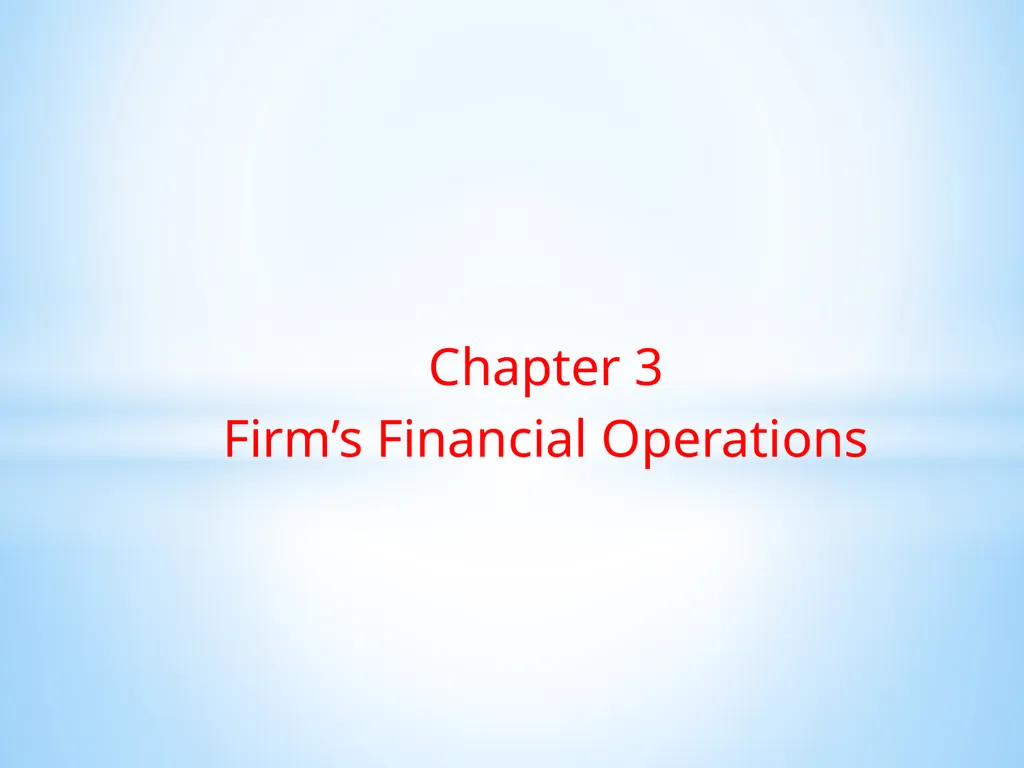
Chapter 3 Firm’s Financial Operations 2 Contents
Author: danika-pritchard | Published: 2025-05-29
Description: Chapter 3 Firms Financial Operations 2 Contents Firms Financial Operations 1. Financial Statements 2. Financial Analysis 3. Cash Flow Management 4. Earned Value Management 3 1. Financial Statements 1.1 General Financial information is
Download Presentation
Download the PPT/PDF: Download
Transcript:
Loading transcript�